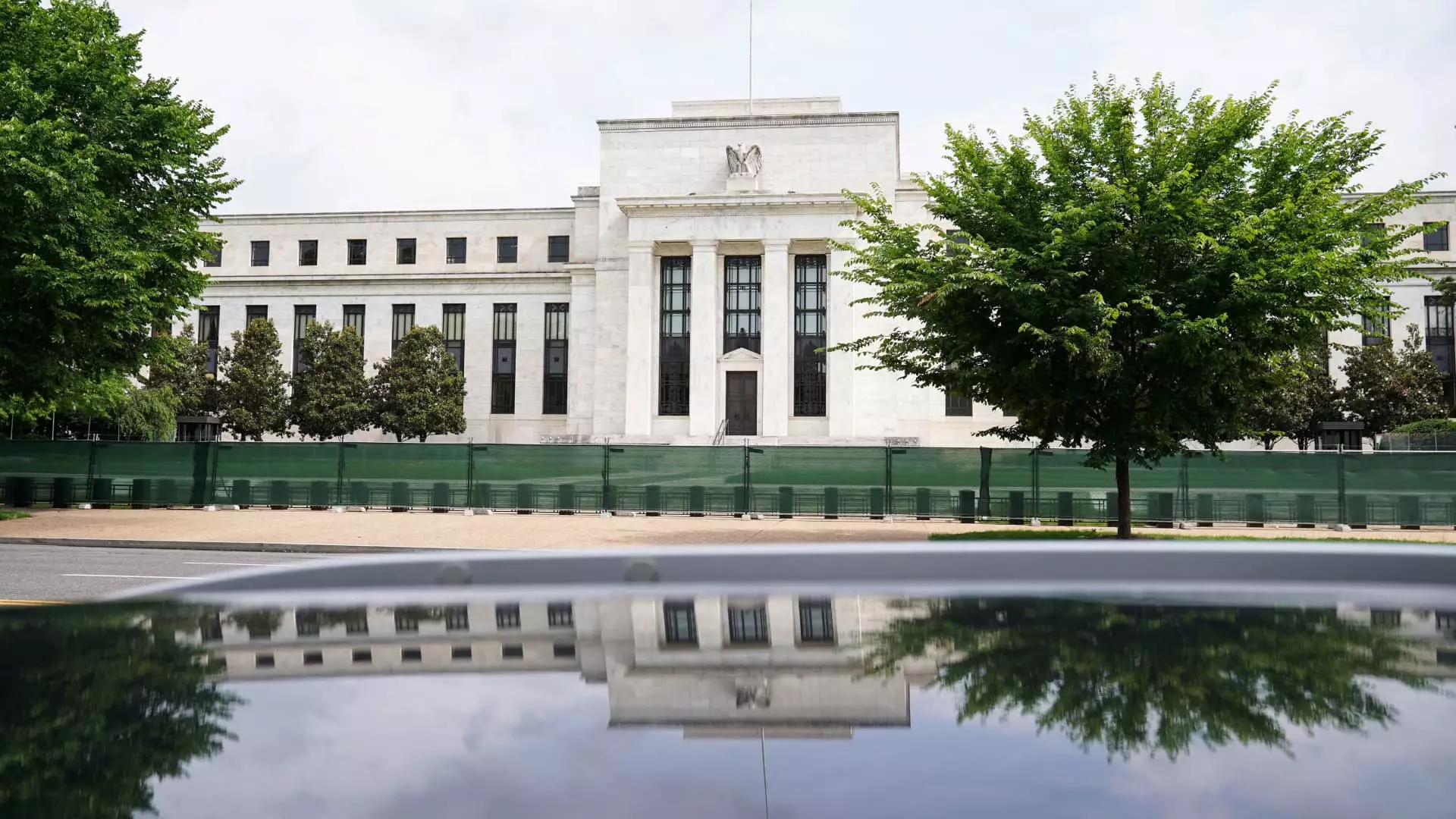As inflation gradually cools, there are growing expectations regarding the Federal Reserve’s monetary policy adjustments. Many experts suggest that the Fed may lower interest rates during its upcoming meeting, bringing optimism to financial markets and the everyday consumer. Following the drastic economic shifts wrought by the Covid-19 pandemic, price surges were unprecedented, with inflation peaking at rates not seen in over four decades. The Fed’s immediate response involved a series of aggressive interest rate hikes aimed at tempering this inflationary environment, but this had the unintended consequence of skyrocketing borrowing costs for consumers.
Experts like Brett House from Columbia Business School caution that while interest rate reductions would be beneficial, the immediate effects may not be as pronounced as many hope. Consumers burdened by high living costs and elevated interest rates may find relief with these adjustments, but substantial relief appears to be on the horizon rather than immediate.
Understanding Inflation and the Federal Reserve’s Decisions
The backdrop of today’s interest rate discussion is highlighted by the consumer price index (CPI), which serves as a critical gauge of goods and services pricing. According to Greg McBride of Bankrate.com, a decline in the CPI from 9% at its peak to a current 2.5% provides a favorable context for potential rate cuts. While a single reduction in rates is expected to be minimal—set at a quarter percentage point—there is the possibility of a succession of cuts that may cumulatively ease the financial pressures on consumers over time.
It is essential to understand that the Federal Reserve’s interest rates govern the broader financial landscape. Although the rate cuts may not directly alter consumer lending rates overnight, they eventually influence costs for loans and savings. With forecasts suggesting a dip in the federal funds rate potentially below 4% by 2025, consumers are left pondering how much of an effect this might have on their financial obligations.
The Ripple Effect on Borrowing Costs
For consumers, borrowing costs are a crucial factor in financial decision-making. Rates on various types of loans, including credit cards, mortgages, and auto loans, are all impacted by the Fed’s interest rate changes. A notable example is the connection between the Fed’s rate adjustments and variable-rate credit cards, where recent hikes have driven average credit card interest rates to above 20%. McBride emphasizes that even with anticipated rate cuts, these rates are likely to decline at a sluggish pace, remaining significantly higher than during the pre-pandemic era.
A more strategic approach for consumers mindful of their credit card debts would be to consider balance transfer options, which could potentially offer lower rates. However, those looking for more immediate solutions might find themselves disappointed as rate cuts may not provide the swift relief needed to address high-interest balances.
In the realm of real estate, where fixed-rate mortgages dominate, the Fed’s influence is more indirect, mainly through the effects on the economy at large. The recent downward trend in mortgage rates—from approximately 7.3% to around 6.3%—can largely be attributed to fears of an economic slowdown rather than direct Fed actions. While potential buyers may be tempted by lower mortgage rates, the continuing rise of home prices poses a complicated challenge, indicating that the hoped-for affordability from rate cuts may remain elusive.
However, experts caution that these potential reductions are not magic solutions. Jacob Channel from LendingTree warns consumers that a quarter-point cut is unlikely to drastically reshape economic dynamics or make the paths toward home ownership and debt management significantly easier.
When turning our attention to other forms of borrowing, such as auto loans and student loans, it’s clear that while rate cuts may positively impact these loans, expectations must be tempered. The auto loan market might start feeling relief, but as Schulz highlights, the broader issues of car shopping remain unchanged. The difference in rates from cutting a point might only translate to a minimal monthly adjustment for consumers.
Concerning student loans, the landscape is similarly complex. Federal loans are generally insulated from immediate changes due to fixed rates; however, private variable-rate loans are primed to benefit from Fed cuts. Still, Kantrowitz reminds borrowers to weigh the benefits of refinancing against the loss of federal protections that come with federal loans.
While the Federal Reserve’s potential move to cut interest rates opens an avenue for cautious optimism, it’s vital for consumers to recognize the nuances behind these developments. The benefits of lower rates will emerge over time but may not deliver immediate, sweeping relief. Nonetheless, proactive financial strategies, whether through better credit management or seeking optimal lending options, will be key as individuals navigate the evolving economic landscape. As the Fed ponders rate cuts, consumers should remain informed and prepared for gradual changes in their financial journeys.

